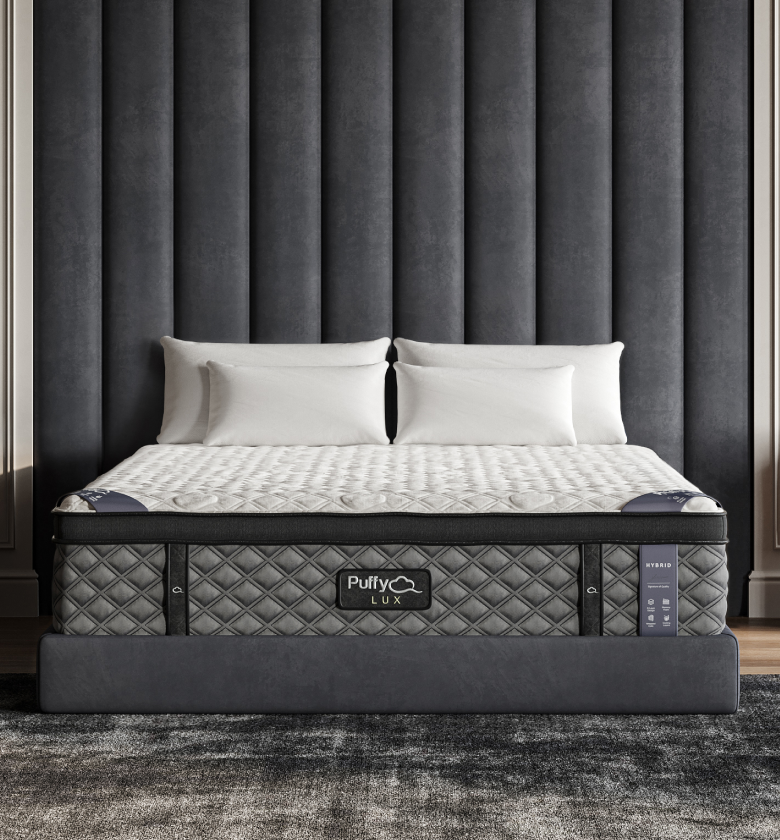Key Takeaways
- Drying couch pillows properly prevents mold, odor, and fabric damage.
- Always check the care label for specific drying instructions.
- Air drying is safest, while tumble drying with low heat is faster.
- Use dryer balls or tennis balls to maintain pillow fluffiness.
- Spot-drying techniques can help when full washing isn’t needed.
Couch pillows are more than just decorative accents; they contribute to your comfort and the overall feel of your living room.
But when they get damp—from spills, washing, or even humidity—knowing how to dry couch pillows the right way can make all the difference in extending their lifespan and preserving their appearance.
If you’ve ever pulled a soggy pillow from the washer only to worry about ruining the filling or flattening the fluff, you’re not alone.
We’ve all been there—and the good news is, there are safe and effective ways to dry couch pillows without compromising comfort or cleanliness.
Can You Dry Couch Pillows?
Absolutely, but how you dry them depends on the material. Some pillows are machine washable and dryer-safe, while others may require air drying or professional care. Drying them the right way not only prevents damage but also preserves their comfort and support.
Factors to Consider:
-
Pillow insert material (polyfill, feathers, foam)
-
Outer cover fabric (cotton, velvet, microfiber)
-
Stitching and shape
-
Manufacturer’s care label instructions
-
Sensitivity to heat or tumbling
Tip: Just like you’d treat your Puffy Lux Mattress with gentle care, drying your couch pillows on low heat keeps them plush and helps preserve their shape and texture over time.
How to Dry Couch Pillows
Follow this easy process to dry your pillows effectively, whether you’re dealing with freshly washed cushions or spot-cleaning moisture. Taking the time to do it right helps preserve shape, fluff, and hygiene.
Step 1: Blot Excess Moisture
-
Use a clean, absorbent towel to gently press out as much water as possible.
-
Avoid wringing or twisting the pillow, as this can deform the filling or weaken stitching.
-
Repeat blotting with dry towels if necessary.
Step 2: Choose a Drying Method
Air Drying:
-
Lay pillows flat on a dry towel in a ventilated space like a laundry room or sunroom.
-
Rotate every few hours to ensure all sides dry evenly.
-
Use a box fan or ceiling fan to enhance air circulation.
-
If drying outside, keep pillows shaded to prevent UV damage.
Machine Drying:
-
Tumble dry one or two pillows at a time to allow airflow.
-
Insert dryer balls or clean tennis balls to help keep the filling from clumping.
-
Use the lowest heat setting—preferably air fluff or delicate cycle.
-
Check every 15–20 minutes and fluff manually in between cycles.
Step 3: Fluff and Reshape
-
Once dry to the touch, knead and shake each pillow to evenly distribute the filling.
-
Let pillows rest for at least 1–2 hours in a cool, dry area before using.
Think of it like maintaining your Puffy Cloud Mattress—gentle handling and low-heat care keep comfort and structure intact.
How to Dry Couch Pillows After Spot Cleaning
If you’ve only spot-cleaned a small area:
-
Pat the damp area with a dry towel to absorb as much moisture as possible.
-
Use a hair dryer on a low, cool setting to gently speed up the drying process without damaging delicate fabrics.
-
Place the pillow in a well-ventilated area to continue air drying naturally.
-
Avoid high heat, which can discolor or weaken fabrics over time.
Pro Tip:
For memory foam inserts that aren’t machine washable:
-
Remove and thoroughly clean the outer cover according to care instructions.
-
Let the foam insert air out completely in a dry, shaded area.
-
Rotate it periodically to allow even airflow on all sides.
-
Never place foam directly in the dryer, as it can break down the material or trap residual heat.
Common Drying Mistakes to Avoid
-
Overheating: Can cause shrinkage, lumping, melted fibers, or even weaken fabric integrity over time.
-
Skipping the fluff step: Leads to flat, uninviting pillows that lose their comfort and structure.
-
Rushing the process: Dampness trapped inside can lead to mildew, bad odor, and internal deterioration.
-
Ignoring care labels: Each pillow is different—specific drying instructions help avoid irreversible damage and preserve material quality.
-
Drying unevenly: Failing to rotate or reposition pillows during drying may leave certain areas moist.
-
Using harsh drying cycles: Aggressive machine settings can distort the shape and cause premature fabric wear.
Additional Drying Tools You Can Use
| Tool | Purpose |
|---|---|
| Dryer balls | Prevent clumping, add fluff |
| Portable fan | Speeds up air drying indoors |
| Hair dryer | Targets small wet spots |
| Drying rack | Provides airflow from all directions |
| Dehumidifier | Great for humid climates |
When to Replace Instead of Dry
Even with the best drying techniques, some pillows just reach the end of the road.
-
Persistent odors
-
Mold or mildew spots
-
Lumpy or misshapen filling
-
Fabric that’s worn or torn
In those cases, replacing your couch pillows may be the better long-term solution—especially if you’re aiming for both cleanliness and comfort.
Final Thoughts
Learning how to dry couch pillows properly ensures they stay fresh, fluffy, and functional.
Whether you’re washing them regularly or just spot-cleaning after a spill, giving them the right care helps maintain both appearance and hygiene in your home.
Take it from someone who once ruined a set of throw pillows by tossing them in a hot dryer (lesson learned the hard way): patience pays off.
And with the right methods, you’ll not only extend the life of your pillows but also keep your whole living space more inviting.

- 8 layers of cloudlike luxury.
- Medium-plush feel.
- Gel-infused cooling.
- 101-night sleep trial.












